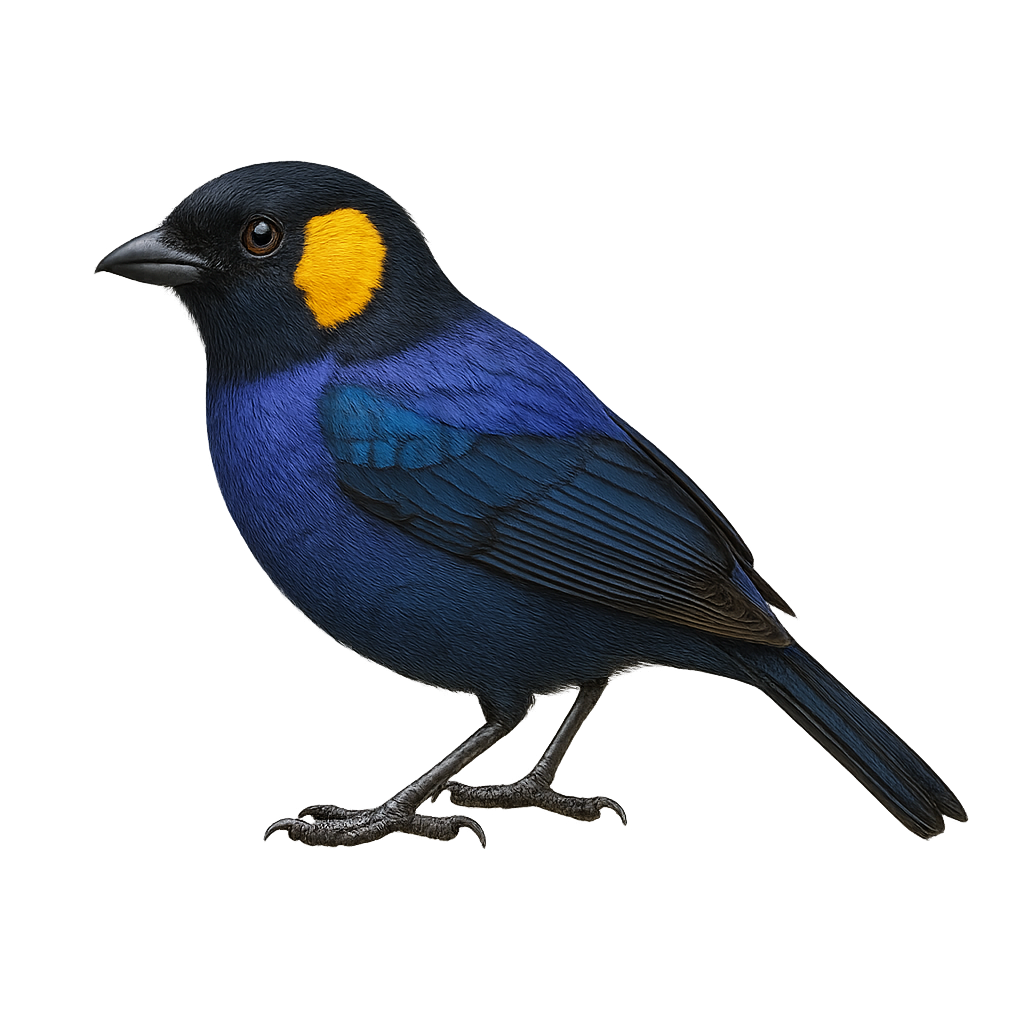Your wildlife photography guide.
Explore the reinhardt's tanager in detail, study its behavior, prepare your shots.
Where to observe and photograph the reinhardt's tanager in the wild
Learn where and when to spot the reinhardt's tanager in the wild, how to identify the species based on distinctive features, and what natural environments it inhabits. The WildlifePhotographer app offers tailored photography tips that reflect the reinhardt's tanager’s behavior, helping you capture better wildlife images. Explore the full species profile for key information including description, habitat, active periods, and approach techniques.
Reinhardt's Tanager
Scientific name: Iridosornis reinhardti

IUCN Status: Least Concern
Family: THRAUPIDAE
Group: Birds
Sensitivity to human approach: Suspicious
Minimum approach distance: 10 m
Courtship display: October to November
Incubation: 13-15 jours
Hatchings: October to December
Habitat:
Humid forests, montane forests
Activity period :
Primarily active during the day, with peak activity in the morning and late afternoon.
Identification and description:
The Reinhardt's Tanager is a colorful bird belonging to the Thraupidae family. It is mainly found in the humid montane forests of South America, particularly in Colombia and Ecuador. This bird is distinguished by its vibrant plumage, featuring shades of blue, yellow, and black. It is often seen in small groups, feeding on fruits and insects. Although its habitat is relatively stable, deforestation poses a potential threat to its population. Reinhardt's Tanager is a fascinating bird for ornithologists and nature enthusiasts, thanks to its striking colors and social behavior.
Recommended lens:
400 mm – adjust based on distance, desired framing (portrait or habitat), and approach conditions.
Photography tips:
To photograph the Reinhardt's Tanager, focus on humid montane forests where it is most commonly seen. Use a 400mm lens or longer to capture detailed images without disturbing the bird. Be patient and discreet, as this bird can be suspicious. The best times to observe it are early morning or late afternoon when activity is at its peak. Pay attention to natural light to highlight the vibrant colors of its plumage.
The WildlifePhotographer App is coming soon!
Be the first to explore the best nature spots, track rutting seasons, log your observations, and observe more wildlife.
Already 1 430 wildlife lovers subscribed worldwide

